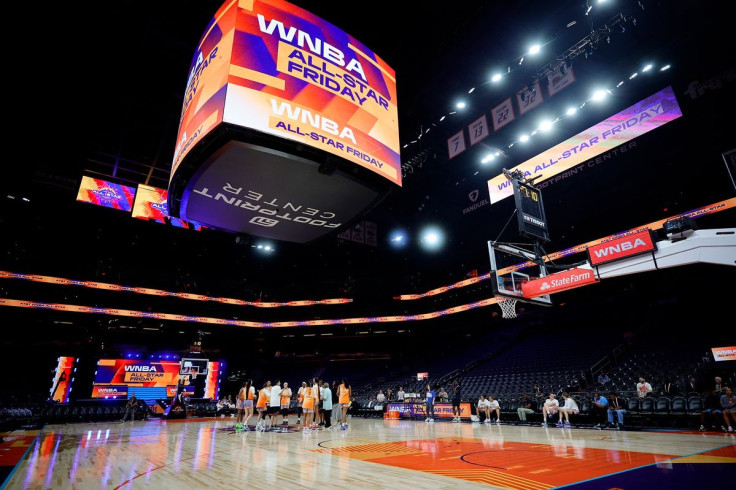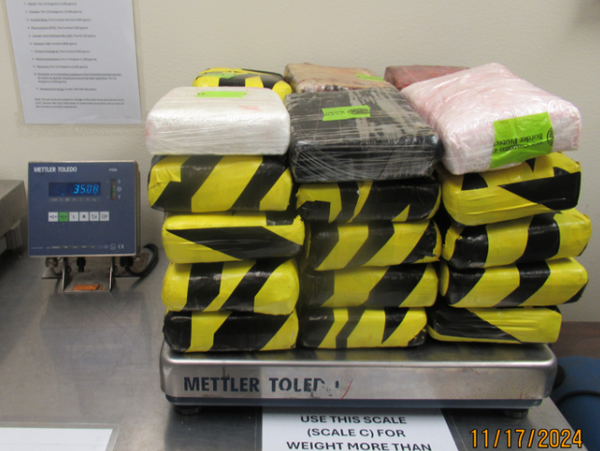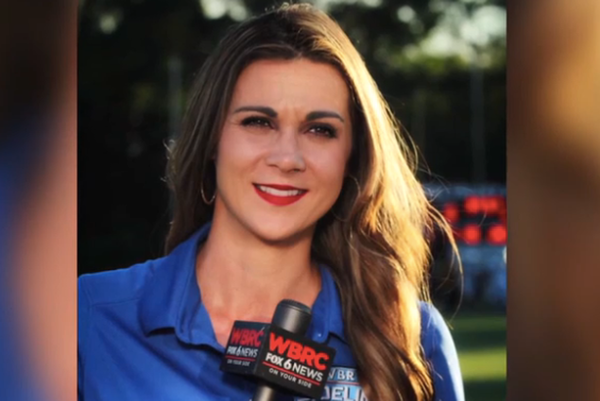
The WNBA has never been more visible. In 2025, players like Angel Reese and Caitlin Clark are dominating headlines, drawing record crowds, and expanding the league's global reach. But beneath the success lies a persistent and urgent issue: the WNBA pay gap.
Here's why players are still fighting for equal pay in women's basketball, and what it means for the future of the sport.
Rising Revenue, Stagnant Salaries
In 2024, the WNBA signed a media deal worth £158 million ($200 million) annually, tripling its previous contract. Ticket sales, merchandising, and viewership are at record highs, with sold-out arenas and surging global interest.
Yet rookie salaries remain unchanged. Angel Reese earns about £59,400 ($74,909) and Caitlin Clark just £61,800 ($78,066), despite being the league's most marketable stars. These salaries are not reflective of their value or contribution to the league's growth.
'We're putting in the work and driving the numbers,' Reese said. 'It's time we're paid like it.'
NBA vs WNBA Pay
The difference between NBA and WNBA salaries remains substantial. NBA rookies typically start on around £915,000 ($1.16 million), while WNBA rookies earn less than 7% of that amount, with minimum salaries roughly £45,000 ($60,000). Veteran WNBA players have a maximum base salary capped at approximately £170,000 ($215,000), excluding earnings from overseas contracts and endorsements. In contrast, top NBA players frequently earn salaries exceeding £41 million ($50 million) per year.
According to ESPN, Stephen Curry's 2024 salary of £41.8 million ($51.9 million) is enough to cover the base salaries of nearly 400 hypothetical WNBA players, a striking illustration of the current imbalance, though the league currently has just under 150 active players.
'We're not asking to match NBA contracts overnight,' said Breanna Stewart, 'but we want a model that recognises our value.'
2025 CBA Talks Could Redefine Wages
The WNBA's Collective Bargaining Agreement (CBA) expires in October 2025, and players are pushing for structural change. They are demanding:
- 50/50 revenue sharing, as seen in the NBA
- Higher base and maximum salaries
- Better support for maternity and mental health leave
'This CBA is our moment,' said Clark. 'What we negotiate now sets the future for every girl who dreams of going pro.'
Experts estimate that a 50% revenue share could raise top salaries to £950,000 ($1.2 million) and average wages to £395,000 ($500,000).
Off-Season Jobs Still a Necessity
Due to limited earnings, most WNBA players spend their off-season playing overseas. Many travel to Russia, China or Turkey to supplement their income, often at significant physical and emotional cost.
'Without endorsements, I'd have to go abroad,' Reese said. 'The WNBA salary alone doesn't cover my life.'
While stars like Reese and Clark benefit from high-profile brand partnerships, the vast majority of players still rely on secondary income to survive.
The Pay Gap Reflects Wider Inequality
According to Forbes, women in the United States earned just 83p for every £1 earned by men in 2023. The WNBA salary gap is part of this broader systemic imbalance affecting women across industries.
A 2024 YouGov survey found that 71% of WNBA fans support increased player pay. As public pressure builds, the WNBA must choose between maintaining the status quo or embracing meaningful reform.
'We've done more than enough to prove ourselves,' Stewart added. 'Now it's about fairness.'
Why This Fight Matters
The push for equal pay in women's sport is not just about earnings, it's about respect, dignity, and opportunity. With the 2025 CBA on the horizon, players are demanding contracts that reflect their true worth, not just in statistics, but in impact, visibility, and legacy.







